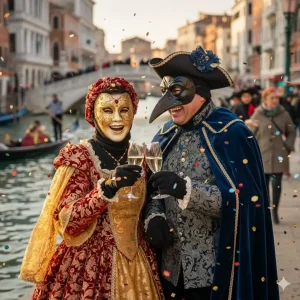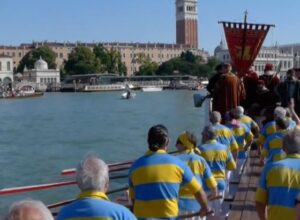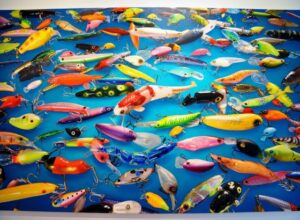
The Venice Carnival 2026 will be a truly special edition. From January 31st to February 17th, the city celebrates the theme “Olympus – At the Origins of the Game”, a tribute to the Olympic year that turns Venice into a stage of myth, sport, art and playful competition. It’s a Carnival that brings back ancient traditions, popular challenges and a young, energetic atmosphere.
For a young couple, it’s the perfect moment to enjoy Venice with romance, curiosity and fun — especially when staying in an authentic district like Cannaregio, just steps from Hotel Alle Guglie.
A Carnival inspired by the spirit of play
The Olympus theme celebrates a Venice that has always lived the Carnival as a moment of participation and freedom. Historic human pyramids of the Nicolotti and Castellani, the battles on the Ponte dei Pugni, ancient regattas and popular contests take on new life in a contemporary celebration.
The message is simple: revive the strength of challenge, community and creativity, transforming them into shared emotions.
For a couple, it means experiencing a lively Carnival full of performances, atmospheres and spontaneous moments — all within walking distance.
A city-wide celebration
Every part of Venice becomes part of the story: St. Mark’s Square, the Arsenale, the islands, the mainland, and the little campi all over the city. Carnival 2026 will be a colorful blend of dance, theater, music and lights.
The Venice Carnival Street Show will animate streets and squares every day, perfect for couples who love wandering and discovering little surprises at every corner.
Highlights a couple should not miss
During the festival, the most iconic events return:
-
The grand water show at the Arsenale, with music, light and dance
-
The “12 Marie” parade, a symbol of Venetian Carnival
-
The official ball at Ca’ Vendramin Calergi, for an elegant night in mask
-
Commedia dell’arte performances with international artists
-
Parades of allegorical floats across the city
-
Young artists’ music events at Arsenale and Forte Marghera
-
Carnivals of the world in St. Mark’s Square
Perfect moments for couples looking for atmosphere, photos and unforgettable shared experiences.
Experiencing the Carnival from Cannaregio
Staying at Hotel Alle Guglie places you in one of the most authentic and strategic areas of Venice.
Cannaregio is ideal for couples: lively, young, full of local food spots and barchetti along the canals — yet calm and romantic in its side streets. It lets you reach the main events quickly but also escape the crowds whenever you want.
The moment you step outside the hotel, you’re surrounded by masks, lights, performers and beautiful corners made for a stroll in two. And when you need a break, the bacari of Cannaregio are perfect for a glass of wine or a warm Venetian fritter.
A gondola at sunset between myth and romance
Olympus celebrates challenge, beauty and imagination — and a gondola ride at sunset is the perfect romantic way to live it.
Quiet canals, soft reflections, warm evening lights: it’s one of those moments every couple remembers long after the trip is over.
Tasting the flavors of Carnival
Carnival is also about food.
Between the Guglie Bridge and Strada Nova, you’ll find bakeries preparing traditional frittelle and galani, ideal for a sweet pause during your walk. Shared moments of simplicity often become the most memorable ones.
Why Hotel Alle Guglie is perfect for Venice Carnival as a couple
Its location is one of its greatest advantages: easy to reach, perfectly connected and ideal for exploring on foot.
The hotel features elegant, contemporary rooms, curated down to the smallest detail — exactly the atmosphere that young couples appreciate.
And if you choose breakfast at Arcadia, your morning starts in a refined and relaxing setting, the perfect prelude to a day of Carnival adventures.
















